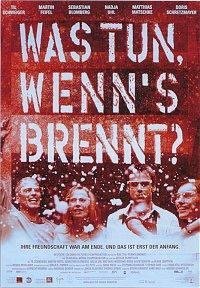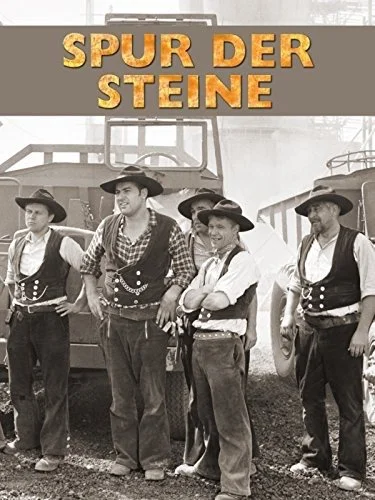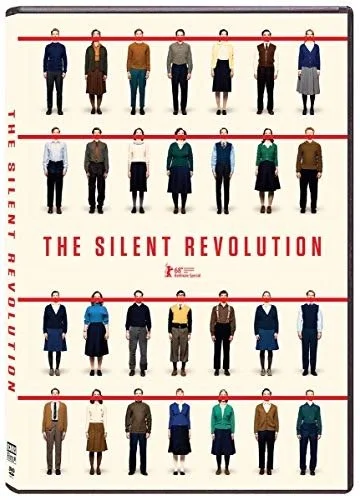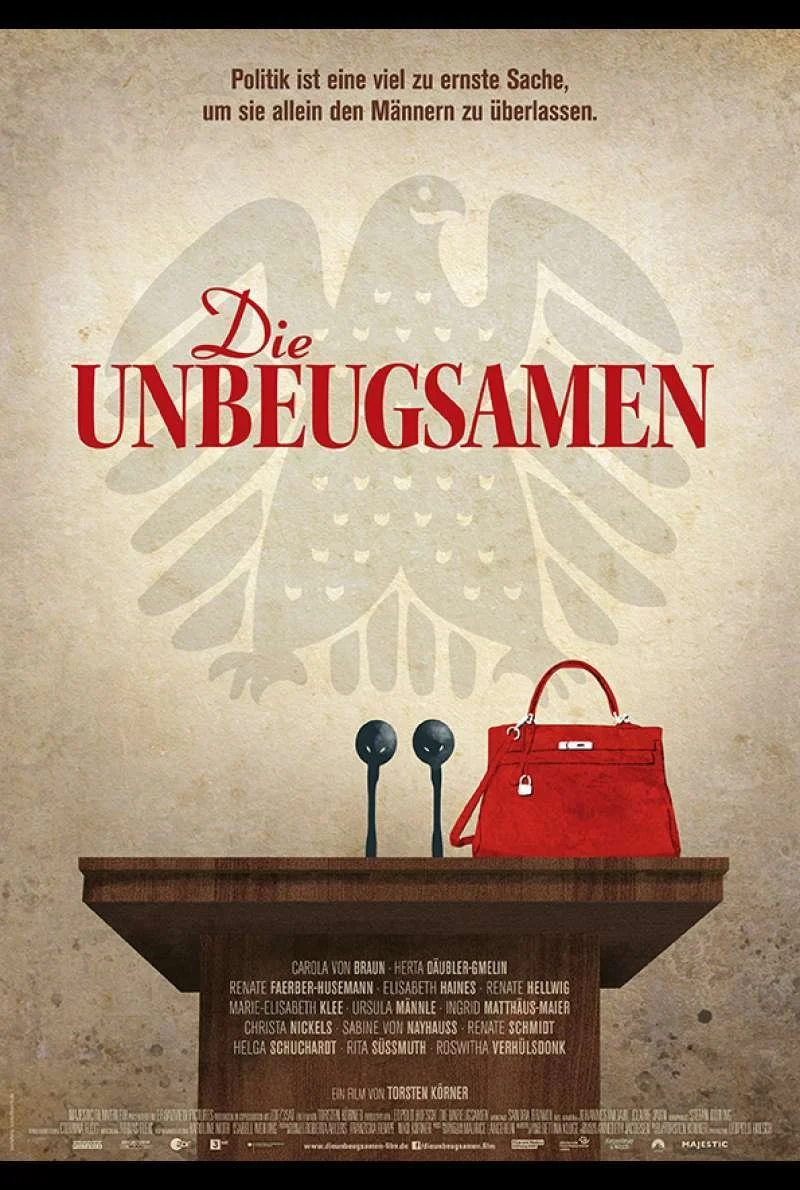- Activism
- Animation
- Asylum
- Austria
- Berlin
- Black Germans
- Childhood
- Cologne
- Colonialism
- Comedy
- DDR
- Documentary
- East/West Germany
- Environment
- Food
- Hamburg
- Health
- Holocaust
- Immigration
- Intergenerational Families
- Jewish
- Judicial system
- Lesbian/Gay
- Lübeck
- Munich
- National Socialism
- Politics
- Pomerania
- Racism
- Religion
- Sexism
- Short films
- Stuttgart
- Switzerland
- Twins
- Weimar Republic
Der Junge muss an die frische Luft
Der Junge muss an die frische Luft ist ein deutscher Spielfilm von Caroline Link nach der Autobiografie Der Junge muss an die frische Luft – Meine Kindheit und ich von Hape Kerkeling. Die Verfilmung seiner Kindheitserinnerungen kam am 25. Dezember 2018 in die deutschen Kinos und avancierte zu dem meistbesuchten Film, der 2018 Premiere in Deutschland feierte. Bei der Verleihung des Deutschen Filmpreises im Jahr darauf wurde der Film mit der Lola in Bronze ausgezeichnet.
What to Do in Case of Fire?
What To Do In Case of Fire? tells the humorous and touching story of six former creative anarchists who lived as house squatters in Berlin during its heyday in the 80s when Berlin was still an island in the middle of the former eastern Germany.
Spur der Steine
Spur of the Stones is a 1966 film produced by DEFA-Spielfilm, Künstlerische Arbeitsgruppe (KAG) “Heinrich Greif.” The director was Frank Beyer, who also wrote the screenplay with Karl Georg Egel. It is based on the novel by Erik Neutsch. The film was premiered at the 8th East German Workers' Party in Potsdam, followed by three days in some cinemas, before being dropped out of “anti-socialist tendencies.” It was not until October 1989 that the film could be performed again in the GDR, a little later at the Berlinale 1990 in the Federal Republic of Germany.
The Silent Revolution
The Silent Revolution (German: Das schweigende Klassenzimmer) is a 2018 German drama film directed by Lars Kraume. The film tells the story of a high school class in the communist German Democratic Republic, who have a moment of silence in their classroom for the victims of the failed anti-communist Hungarian Revolution of 1956. This small act of solidarity has unforeseen consequences, impacting the children, their parents and the school board. The film is based on a true story told in a book of the same name by Dietrich Garstka (1939–2018), one of the students.
Herr Lehmann
In October 1989, the part of the West Berlin borough of Kreuzberg called SO 36, had been largely shut off by the Wall from the rest of the city for 28 years. A lethargic sub-culture of students, artists, bohemians and barflys had flourished among crumbling buildings. Part of that microcosm is barkeeper Frank, semi-formally called ‘Herr Lehmann’ by friends and patrons. He hangs out drinking, sports utter disregard for anything beyond SO 36 and lazily pursues an affair with cook Katrin. His lifestyle is gradually disturbed, when his parents show up for a visit, things go awry with Katrin and his best friend Karl starts to act strange. Meanwhile, political turmoil mounts on the other side of the Wall.
Der geteilte Himmel
While recovering from a mental breakdown, the young Rita Seidel recalls the last two years, in which she fell in love with Manfred, a chemist who is ten years older. As Manfred became disillusioned with his opportunities in East Germany, he moved to the West. Rita followed him there and tried to persuade him to return but soon realized he would never do it.
Marianne and Juliane | Die bleierne Zeit
The screenplay is a fictionalized account of the true lives of Christiane and Gudrun Ensslin. Gudrun, a member of The Red Army Faction, was found dead in her prison cell in Stammheim in 1977. In the film, Von Trotta depicts the two sisters Juliane (Christine) and Marianne (Gudrun) through their friendship and journey to understanding each other. Marianne and Juliane was von Trotta’s third film and solidified her position as a director of the New German Cinema.
Das Kaninchen bin ich
The Rabbit Is Me was made in 1965 to encourage discussion of the democratization of East German society. In it, a young student has an affair with a judge who once sentenced her brother for political reasons; she eventually confronts him with his opportunism and hypocrisy. It is a sardonic portrayal of the German Democratic Republic’s judicial system and its social implications. The film was banned by officials as an anti-socialist, pessimistic and revisionist attack on the state. It henceforth lent its name to all the banned films of 1965, which became known as the “Rabbit Films.” After its release in 1990, The Rabbit Is Me earned critical praise as one of the most important and courageous works ever made in East Germany.
Die Unbeugsamen
Die Unbeugsamen tells the story of the women in the Bonn Republic, who literally had to fight for their participation in the democratic decision-making processes against men obsessed with success and drunk on office like real pioneers. Fearless, ambitious and with infinite patience, they pursued their path and defied prejudice and sexual discrimination. Politicians from back then have their say today. Her memories are at once funny and bitter, absurd and at times frighteningly topical. Intertwined with partially unseen archive excerpts, the documentary filmmaker and journalist Torsten Körner (Angela Merkel - The Unexpected) has succeeded in creating an emotionally moving chronicle of West German politics from the 1950s to reunification. The images he found unfold with such force that the cinema can be rediscovered as a place of political self-assurance. An insightful contemporary document that makes an unmistakable contribution to the current discussion.
Die Legende von Paul und Paula
The film made the band Puhdys a household name in East Germany. The band performs four songs in the film, all of which drew heavily upon specific western pop songs. The film’s enduring popularity led to a stretch of waterfront on the Rummelsburger See (Rummelsburg Lake) in Berlin-Lichtenberg, near where the boat scene was filmed, to be renamed Paul und Paula-Ufer (Paul And Paula Shore).
Paul’s new apartment was on the third floor of Singerstraße 51 in Friedrichshain. Paula’s apartment across the street was demolished, as shown in the film. A supermarket now occupies part of the site.
Berlin Ostbahnhof can briefly be seen in some of the outdoor scenes, as it is only a short distance from the Singerstraße. The supermarket where Paula worked is located at what was then Leninplatz (now Platz der Vereinten Nationen).











